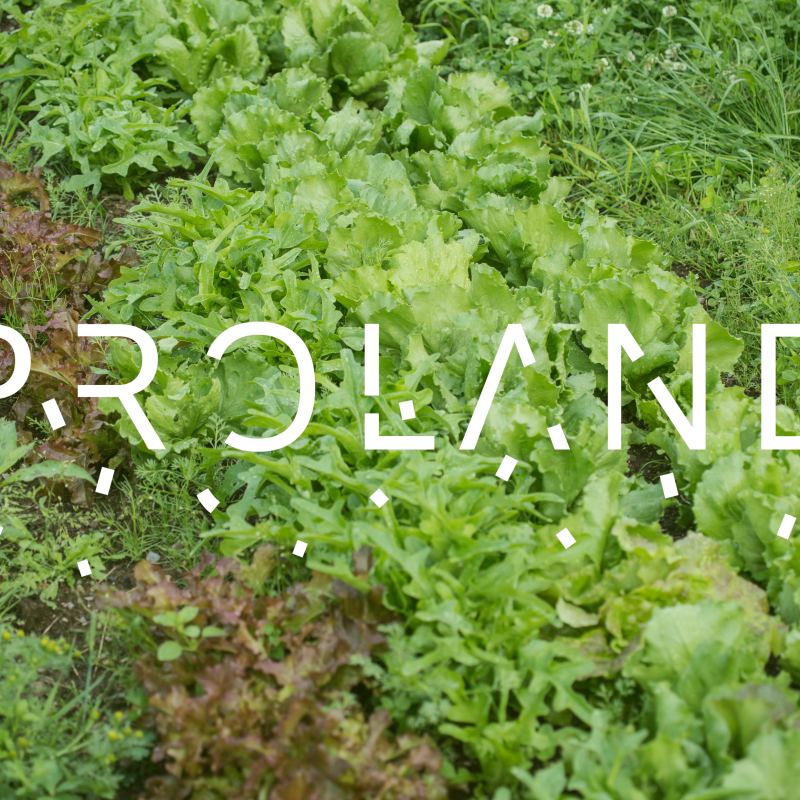Erik J. Joner
Avdelingsleder/forskningssjef
(+47) 450 00 567
erik.joner@nibio.no
Sted
Ås - Bygg O43
Besøksadresse
Oluf Thesens vei 43, 1433 Ås (Varelevering: Elizabeth Stephansens vei 21)
Biografi
Sammendrag
Det er ikke registrert sammendrag
Forfattere
Daniel Rasse Inghild Økland Teresa Gómez de la Bárcena Hugh Riley Vegard Martinsen Ievina Sturite Erik J. Joner Adam O'Toole Samson Øpstad Thomas Cottis Alice BudaiSammendrag
Det er ikke registrert sammendrag
Sammendrag
We investigated dissipation, earthworm and plant accumulation of organic contaminants in soil amended with three types of sewage sludge in the presence and absence of plants. After 3 months, soil, plants and earthworms were analyzed for their content of organic contaminants. The results showed that the presence of plant roots did not affect dissipation rates, except for galaxolide. Transfer of galaxolide and triclosan to earthworms was significant, with transfer factors of 10–60 for galaxolide and 140–620 for triclosan in the presence of plants. In the absence of plants, transfer factors were 2–9 times higher. The reduced transfer to worms in the presence of plants was most likely due to roots serving as an alternative food source. Nonylphenol monoethoxylate rapidly dissipated in soil, but initial exposure resulted in uptake in worms, which was detected even 3 months after sewage sludge application. These values were higher than the soil concentration at the start of the exposure period. This indicates that a chemical's short half-life in soil is no guarantee that it poses a minimal environmental risk, as even short-term exposure may cause bioaccumulation and risks for chronic or even transgenerational effects.
Forfattere
Nanna B. Svenningsen Stephanie J Watts-Williams Erik J. Joner Fabio Battini Aikaterini Efthymiou Carla Cruz-Paredes Ole Nybroe Iver JakobsenSammendrag
Det er ikke registrert sammendrag
Sammendrag
Sammen med et ekspertpanel gir Torkild Jemterud deg svar på alt du ikke visste du ville vite: Hvorfor redde jorda når sola vil sluke oss? Har livet oppstått flere ganger? Hvordan påvirker insektdøden oss helt konkret? Hvordan lager spekkhoggere hatter av laks? I dagens panel paleontolog Lene Liebe Delsett, jordforsker Erik Joner og geolog Ingrid Anell
Forfattere
Erik J. JonerSammendrag
Det er ikke registrert sammendrag
Forfattere
Erik J. JonerSammendrag
Det er ikke registrert sammendrag

Divisjon for miljø og naturressurser
PROLAND – Protecting agricultural lands from plastic pollution
PROLAND addresses the sources of plastic pollution in agricultural soils: sewage sludge, compost, biogas digestate, agricultural plastics, and atmospheric deposition. The project unfolds pressures of plastic and associated chemical hazards by analyzing their levels in soils and conducting fate and impact studies. It deploys cutting edge “design thinking” methods to co-develop measures for pollution prevention.

Divisjon for miljø og naturressurser
PROLAND – Beskytte landbruket mot plastforurensning
I PROLAND undersøker vi kilder til plastforurensning i landbruksjord: avløpsslam, kompost, biorest, landbruksplast og avsetninger fra atmosfæren. Konsentrasjoner av plast, plasttyper og additiver knyttet til plast skal kvantifiseres i landbruksjord fra ulike områder. Videre skal det vurderes hvilke risikoer mikroplast, plastadditiver og plantevernmidler utgjør for jordøkosystemet.

